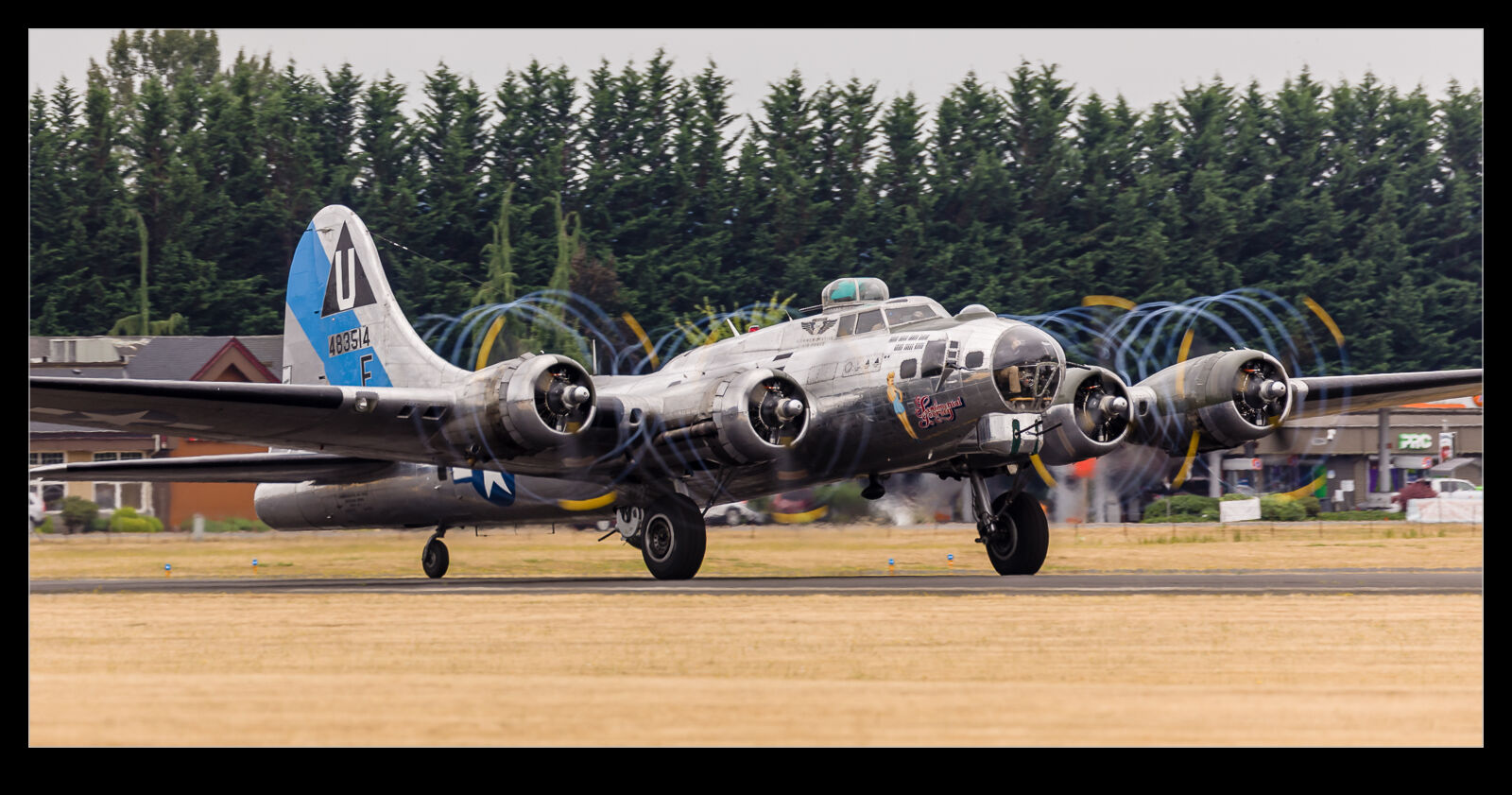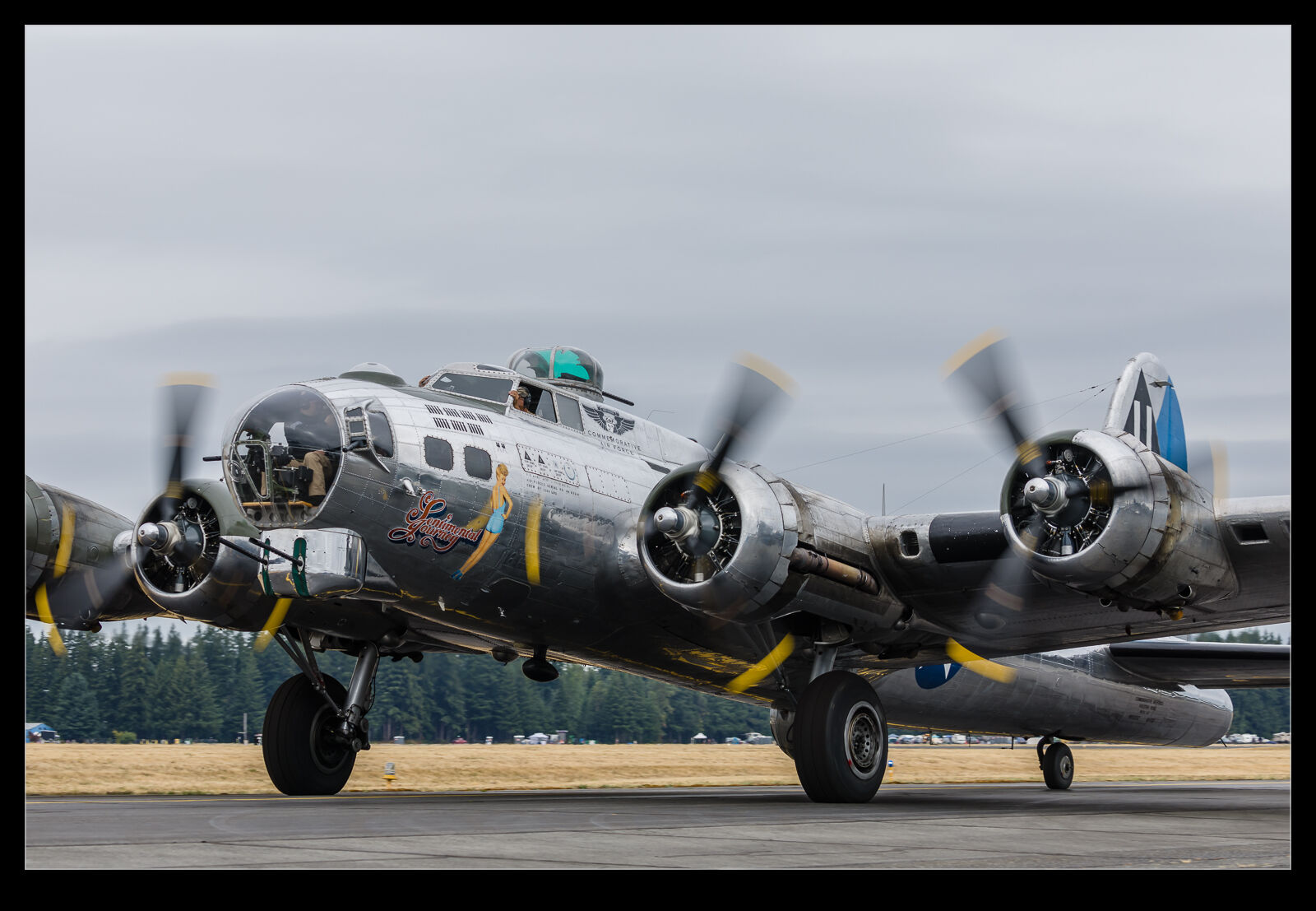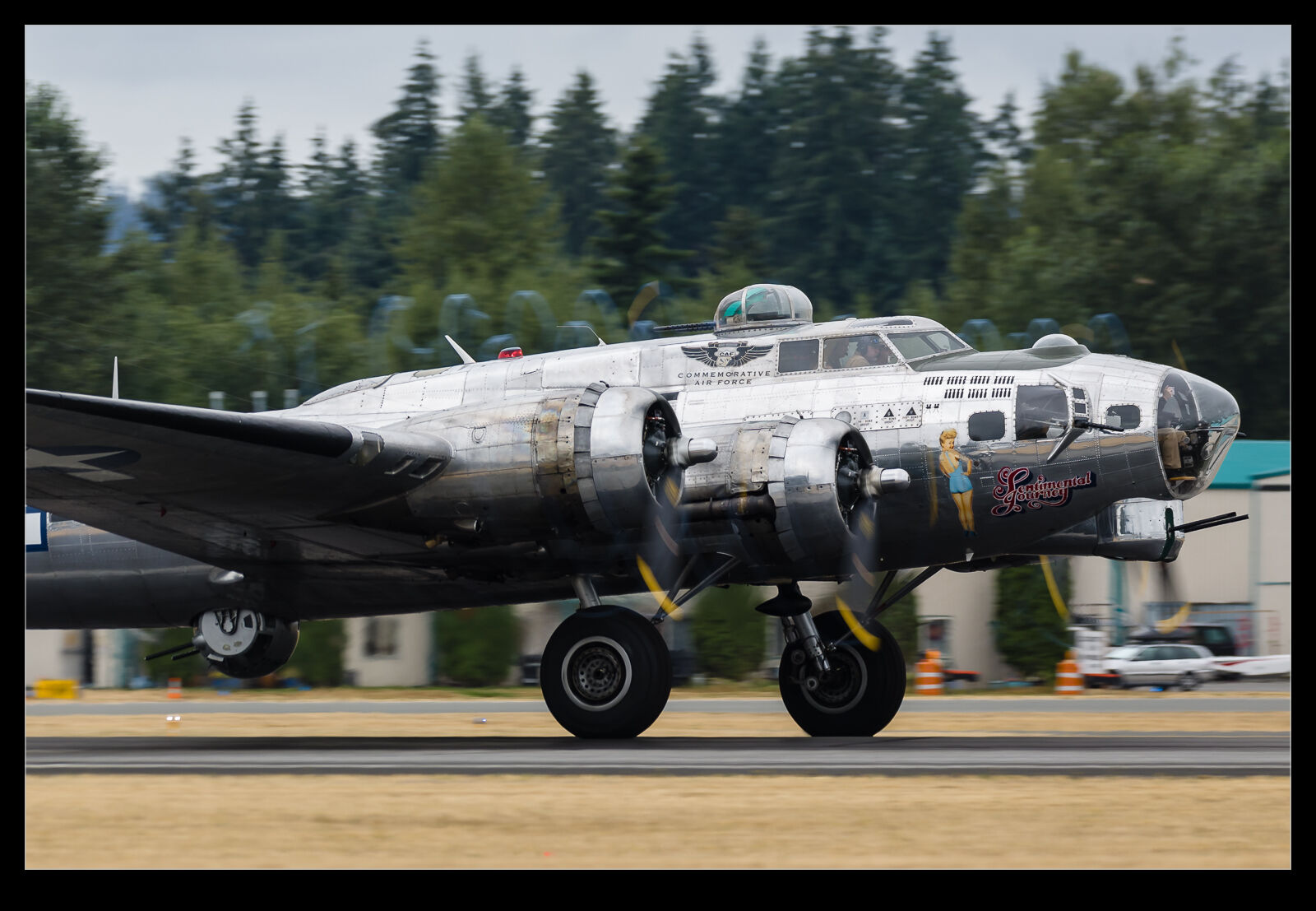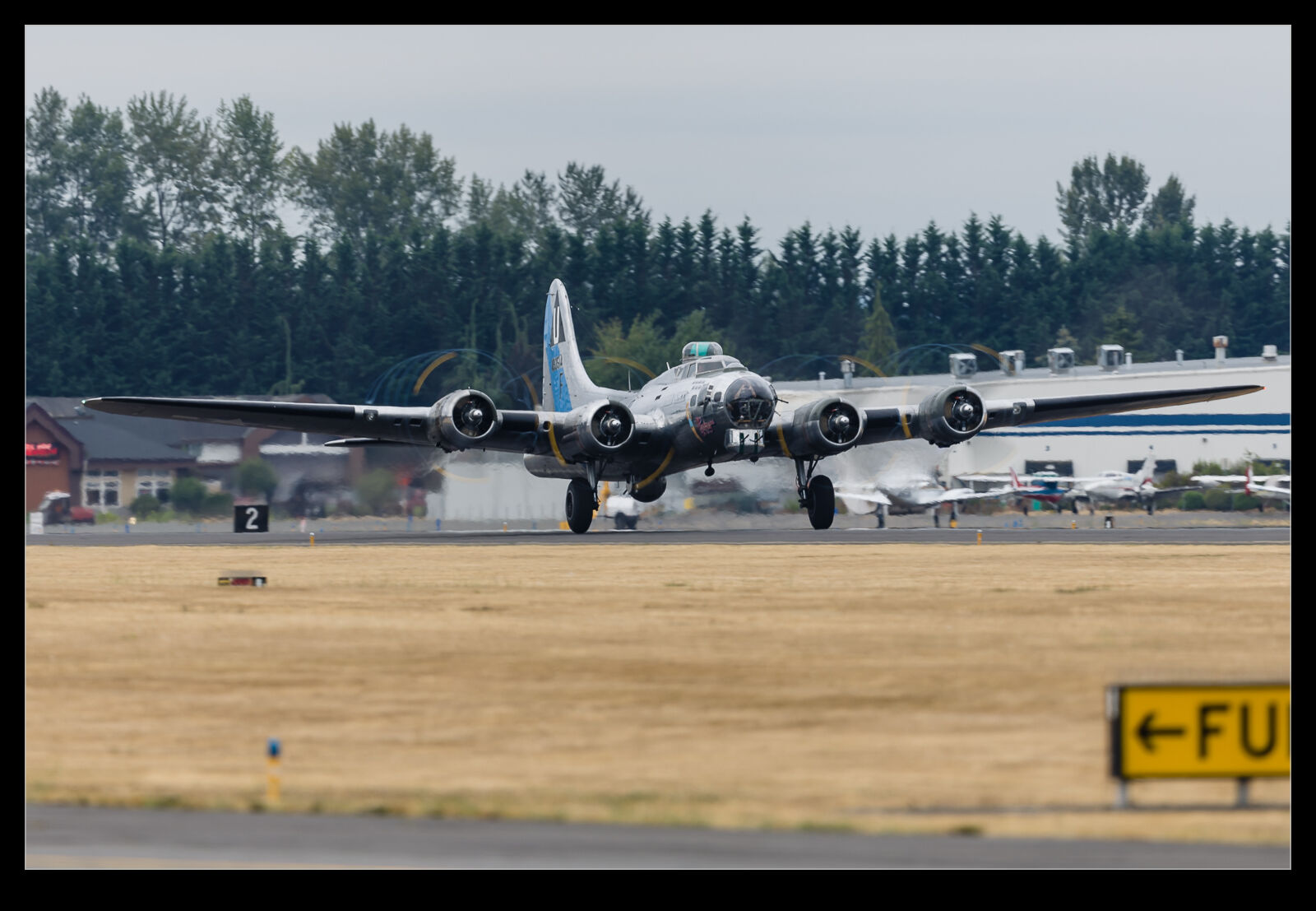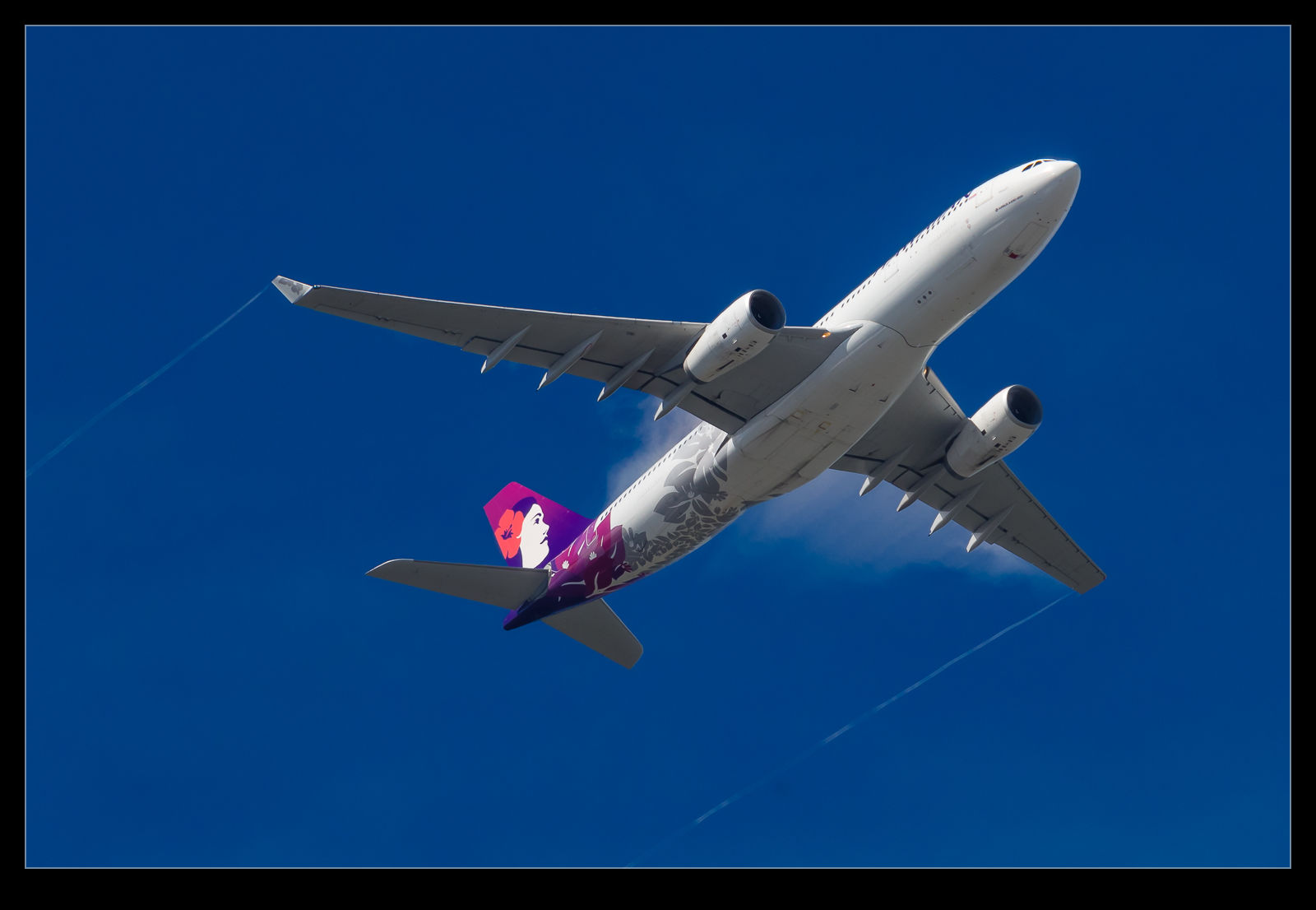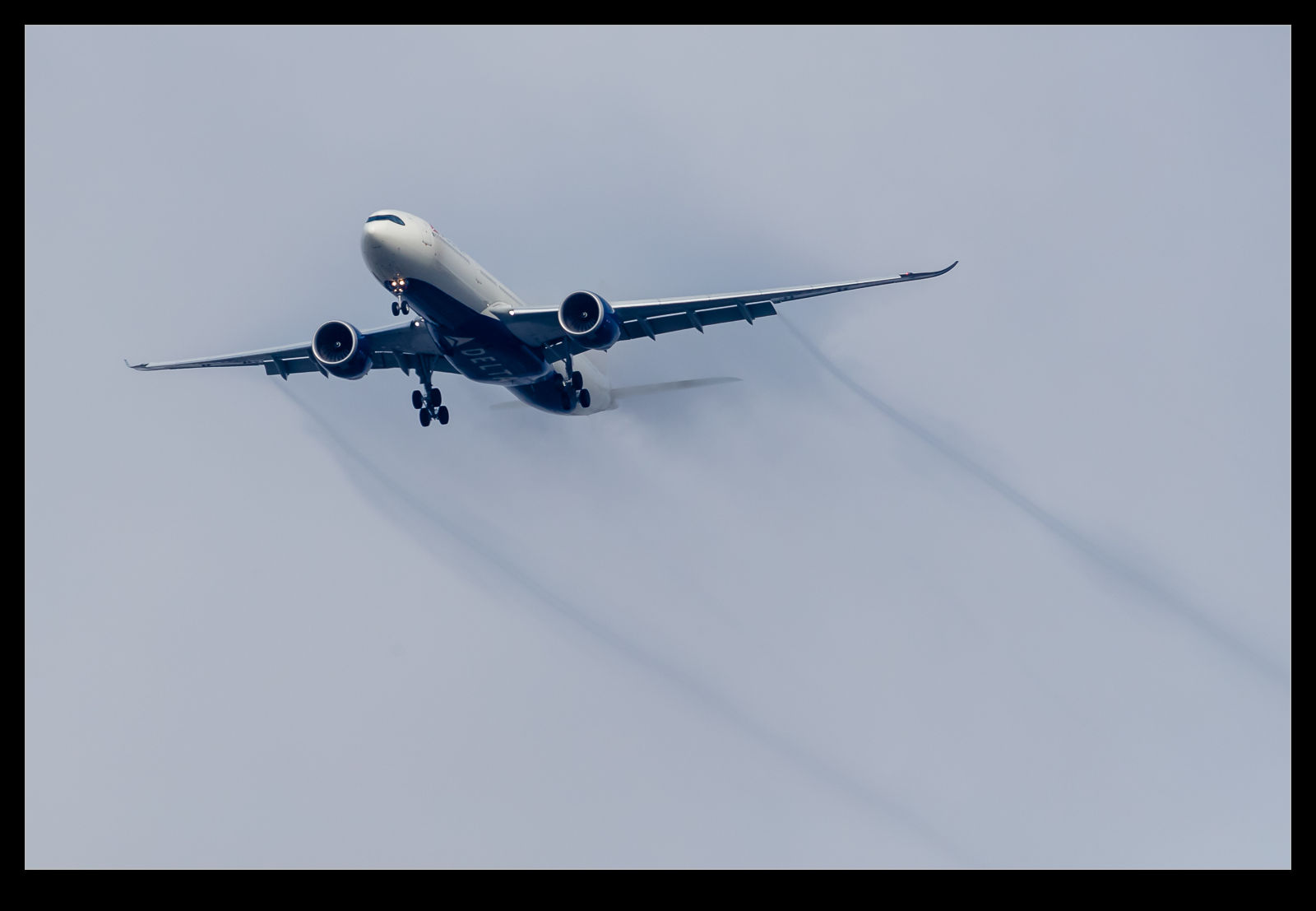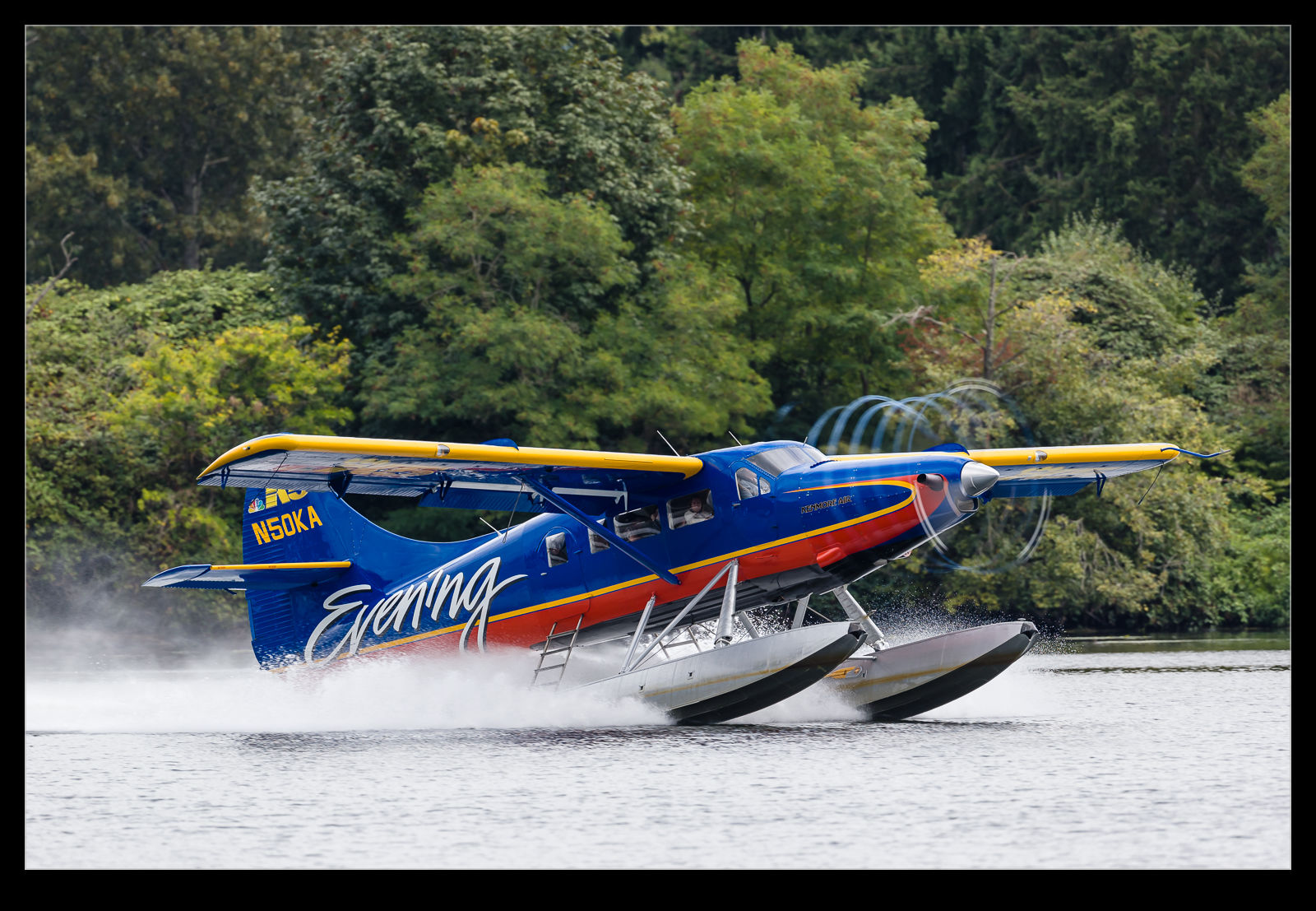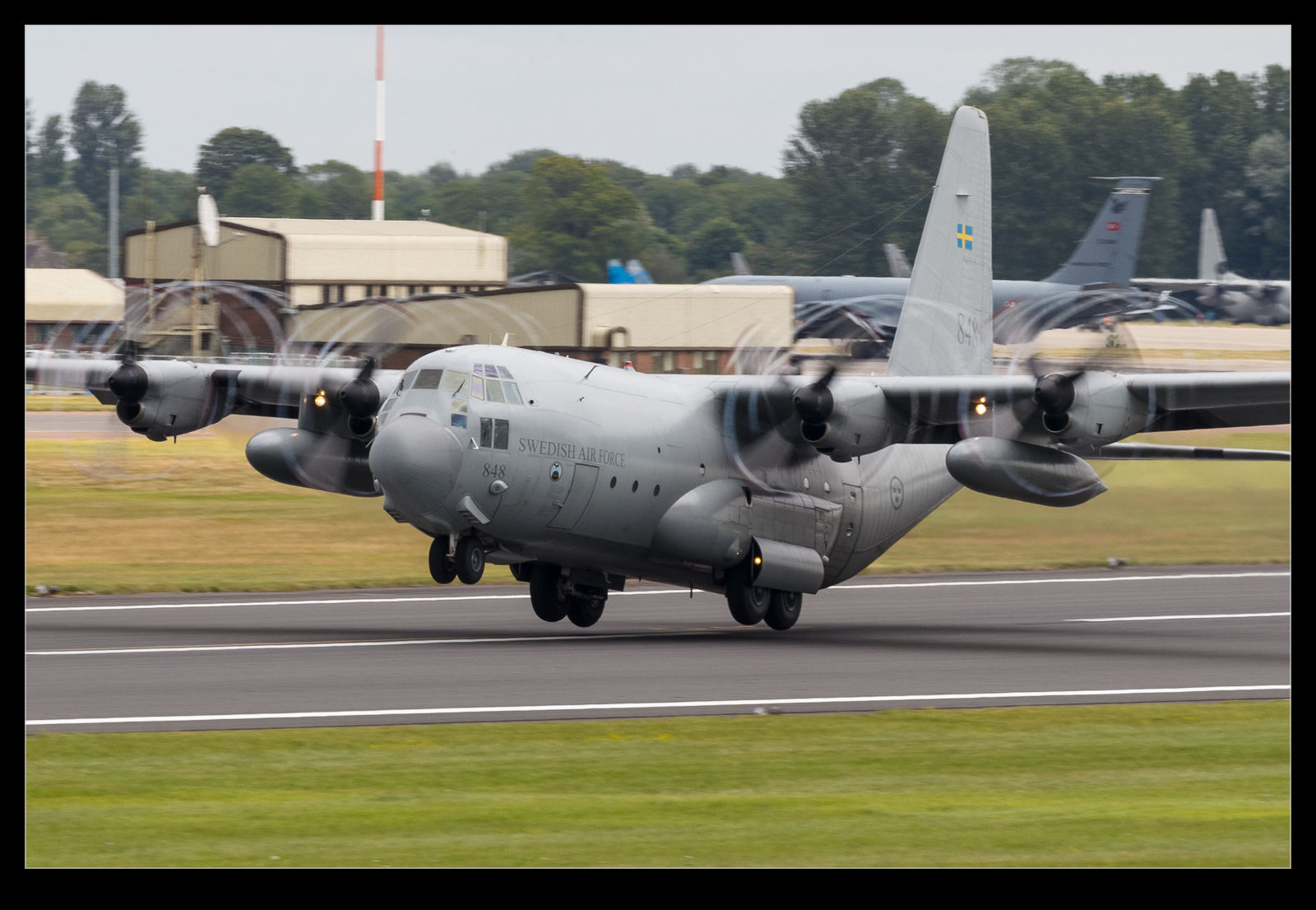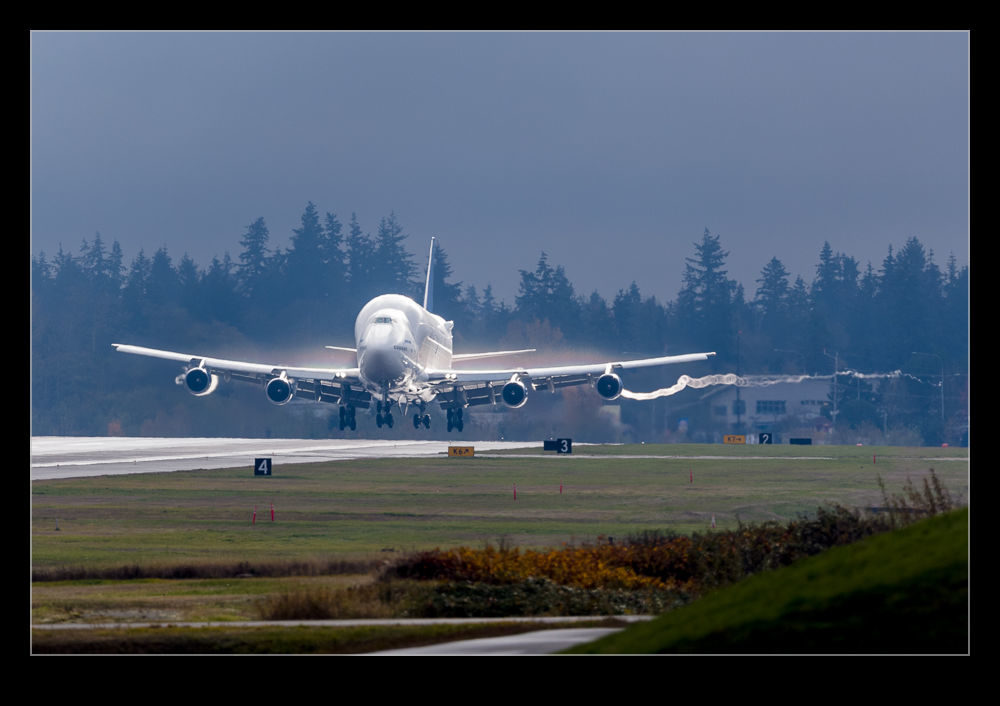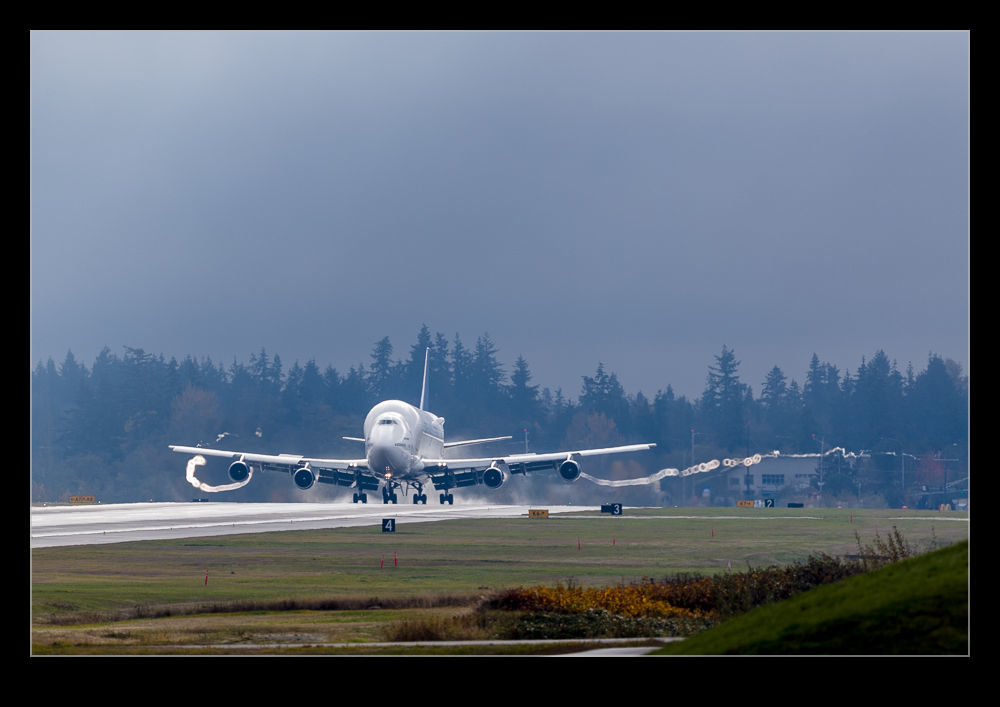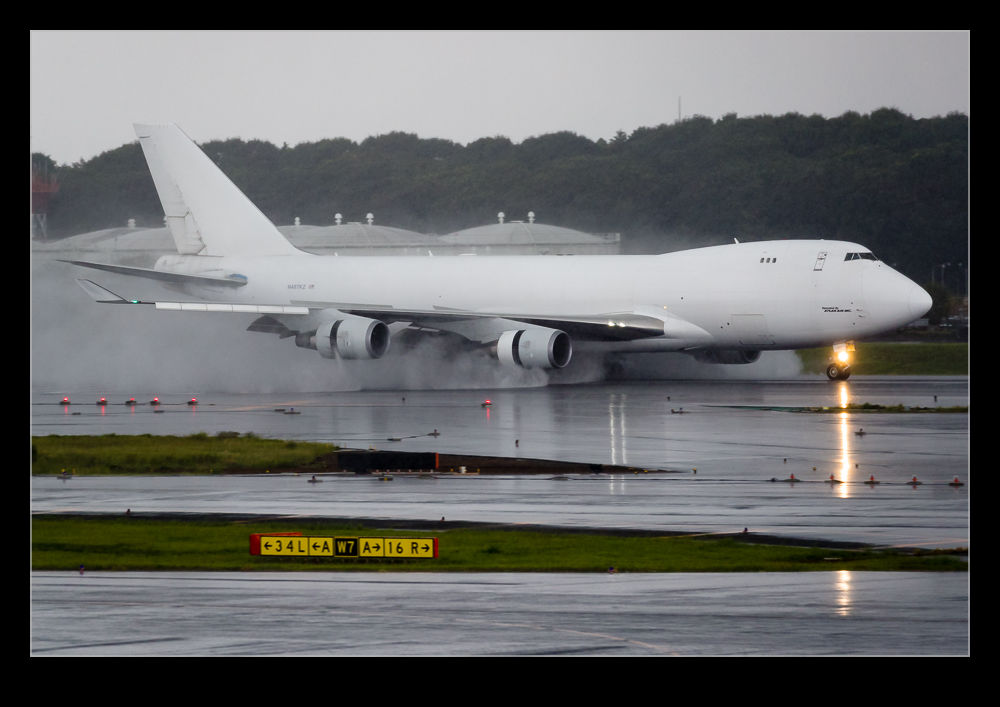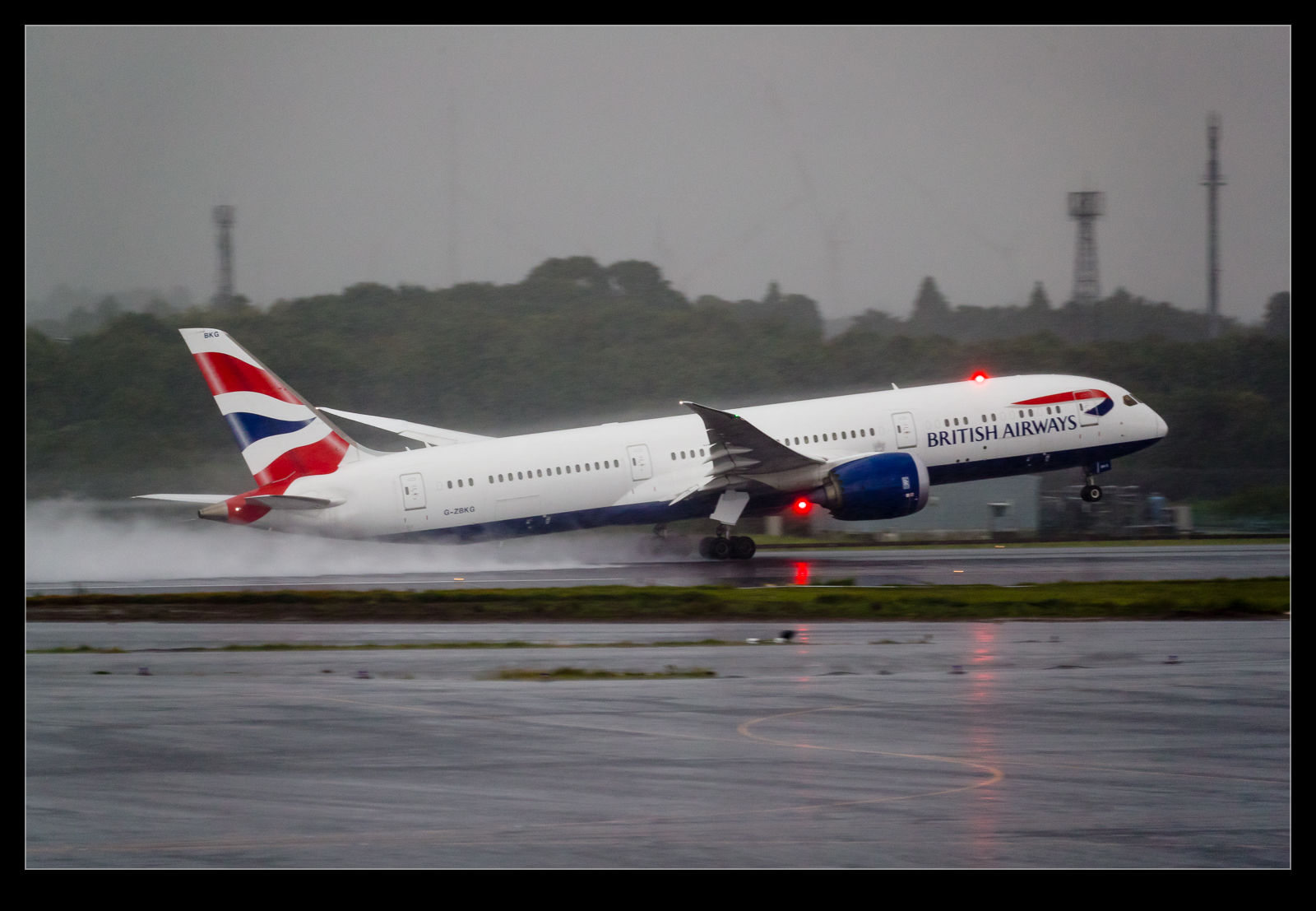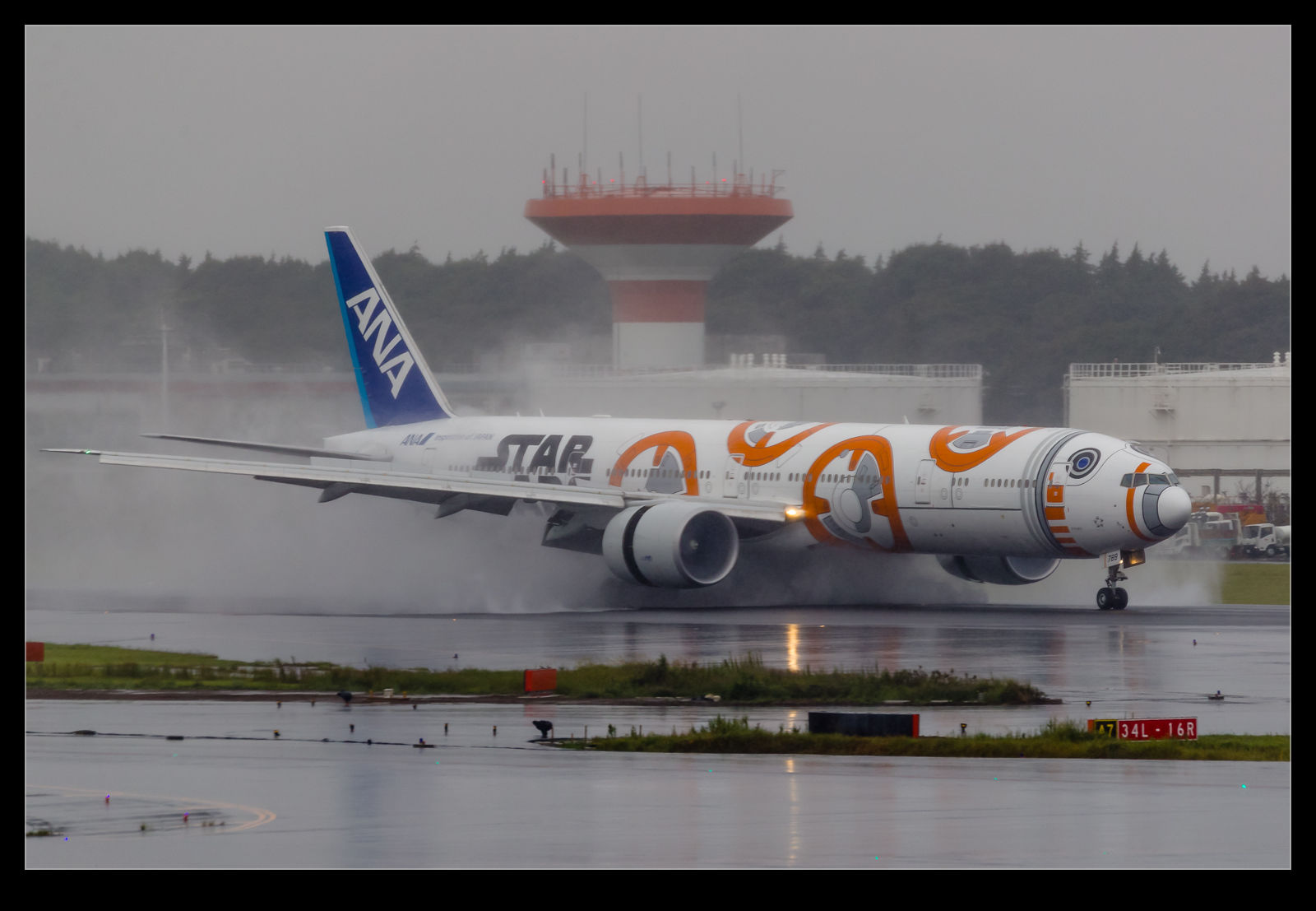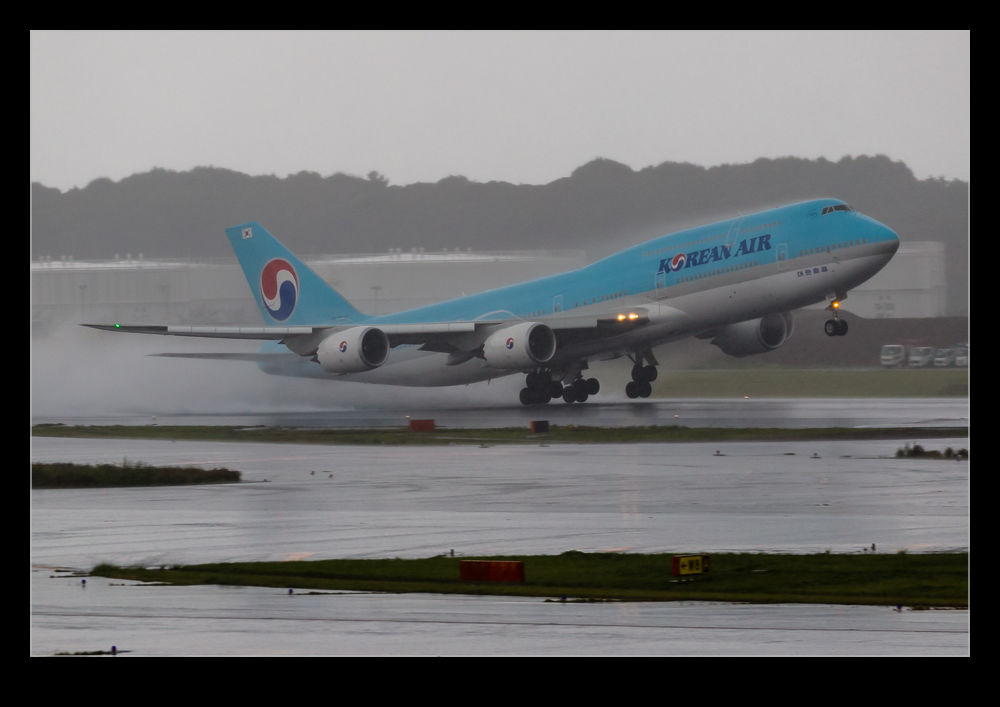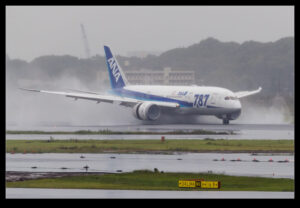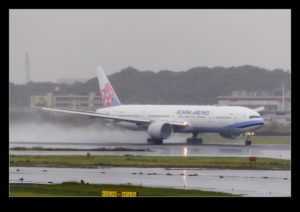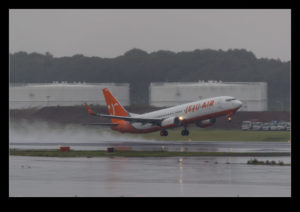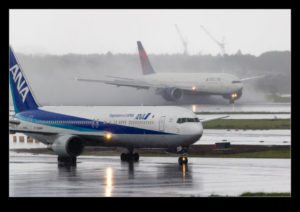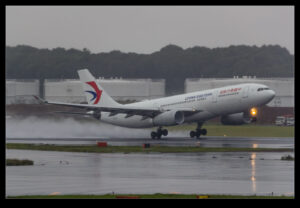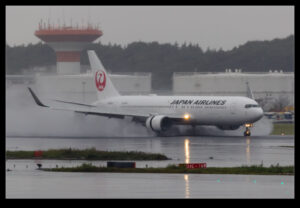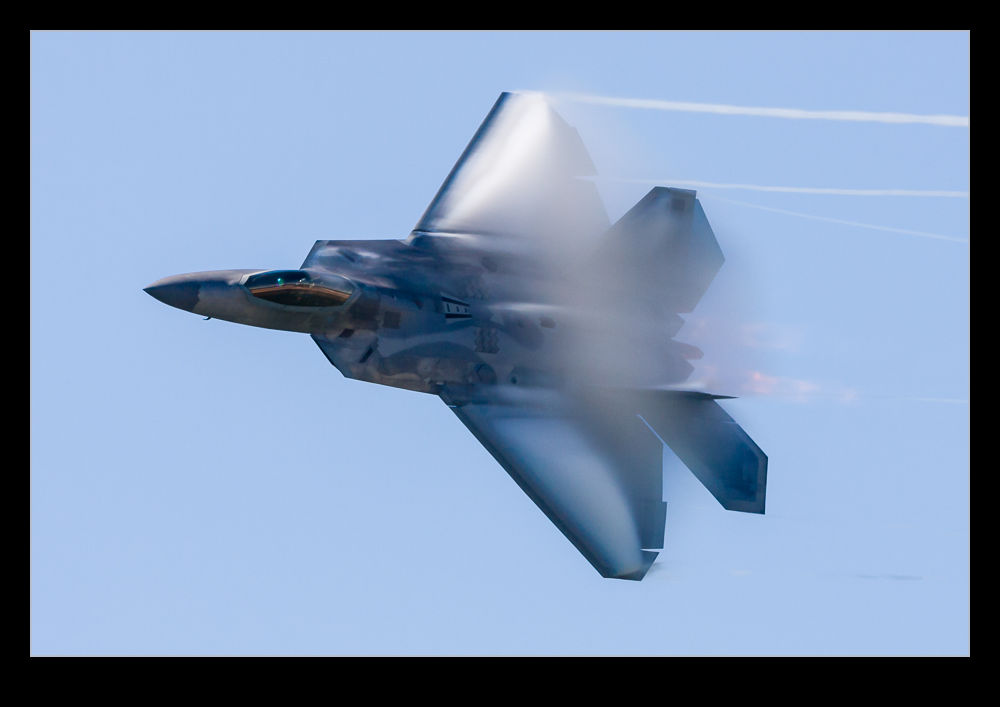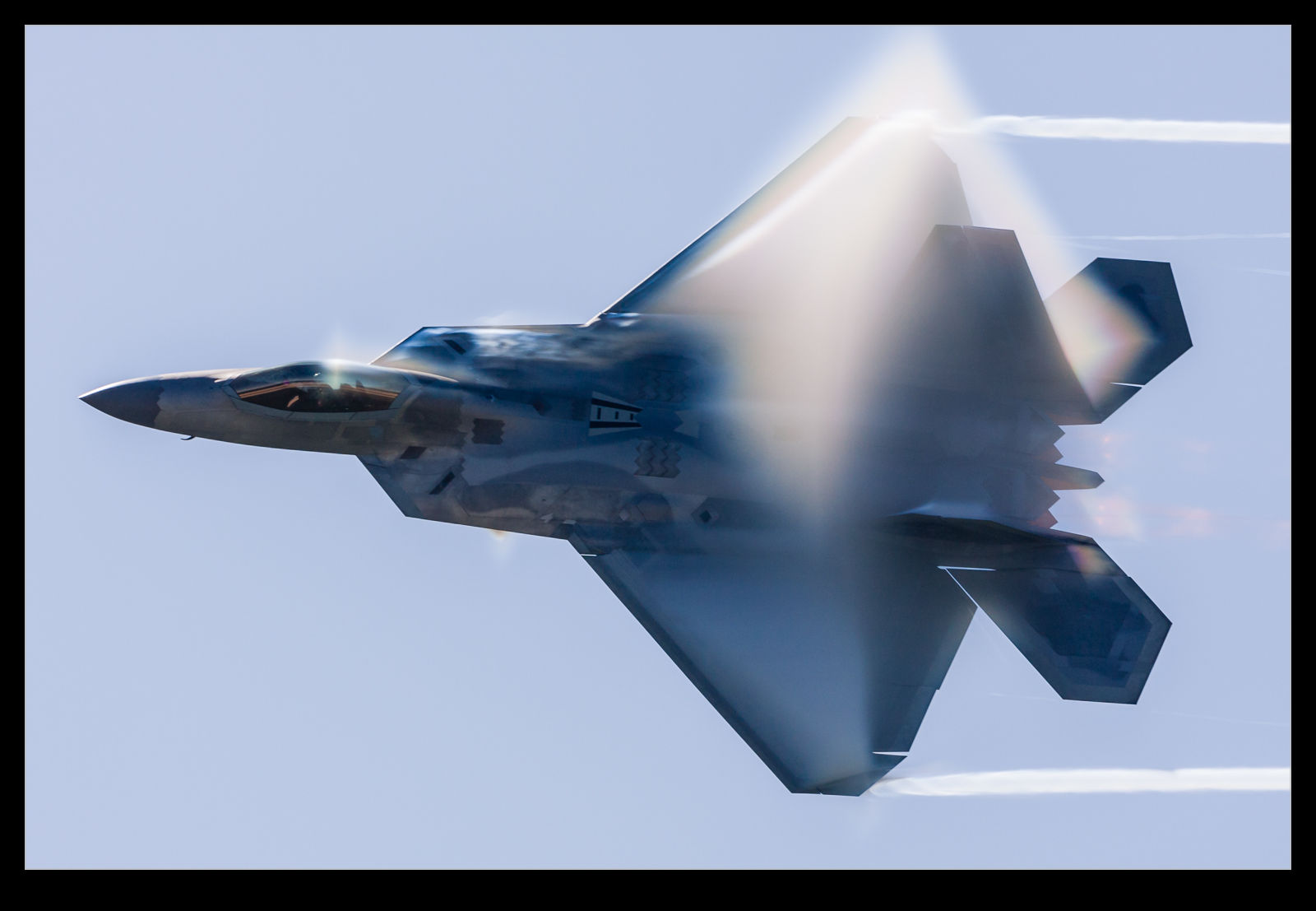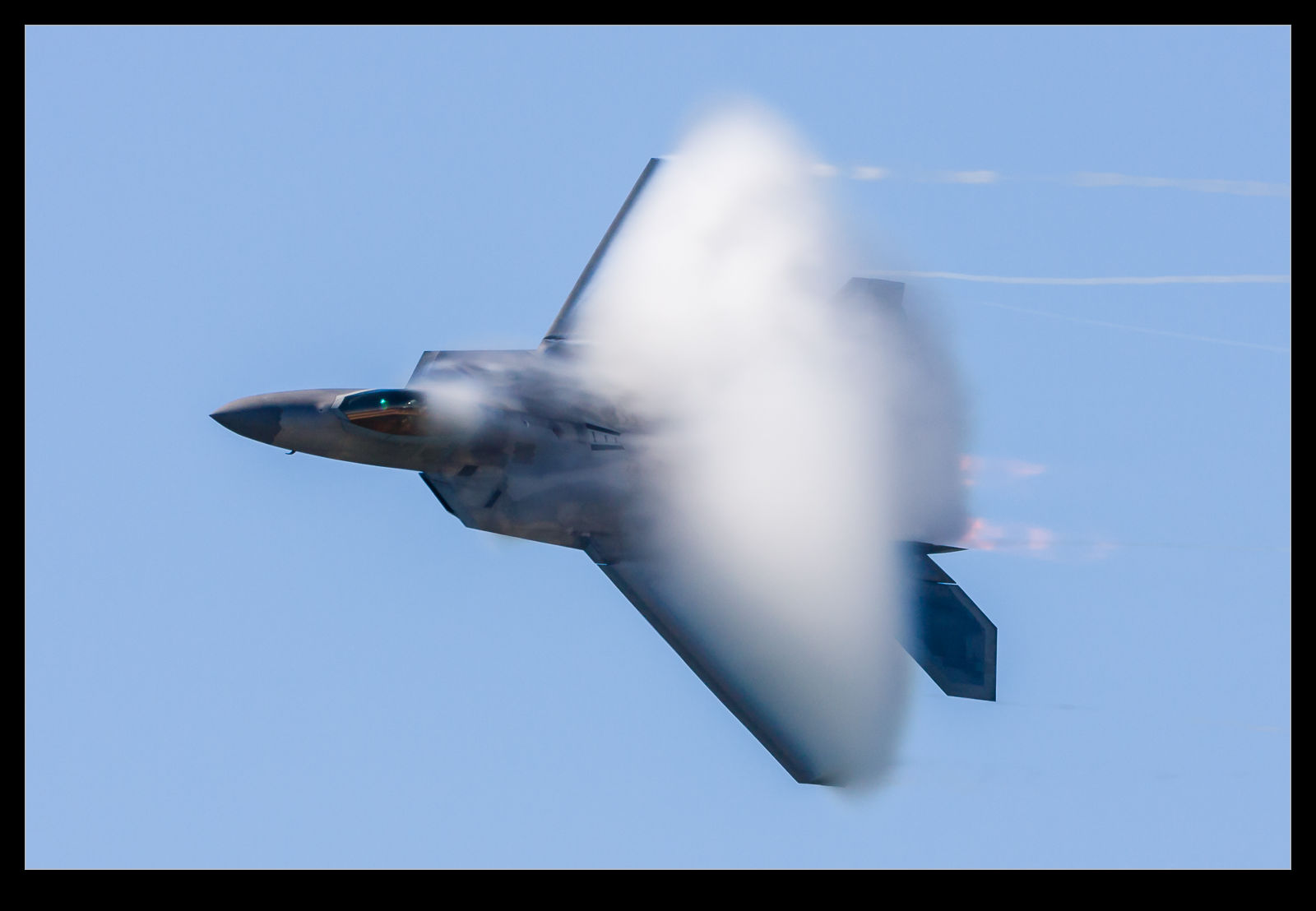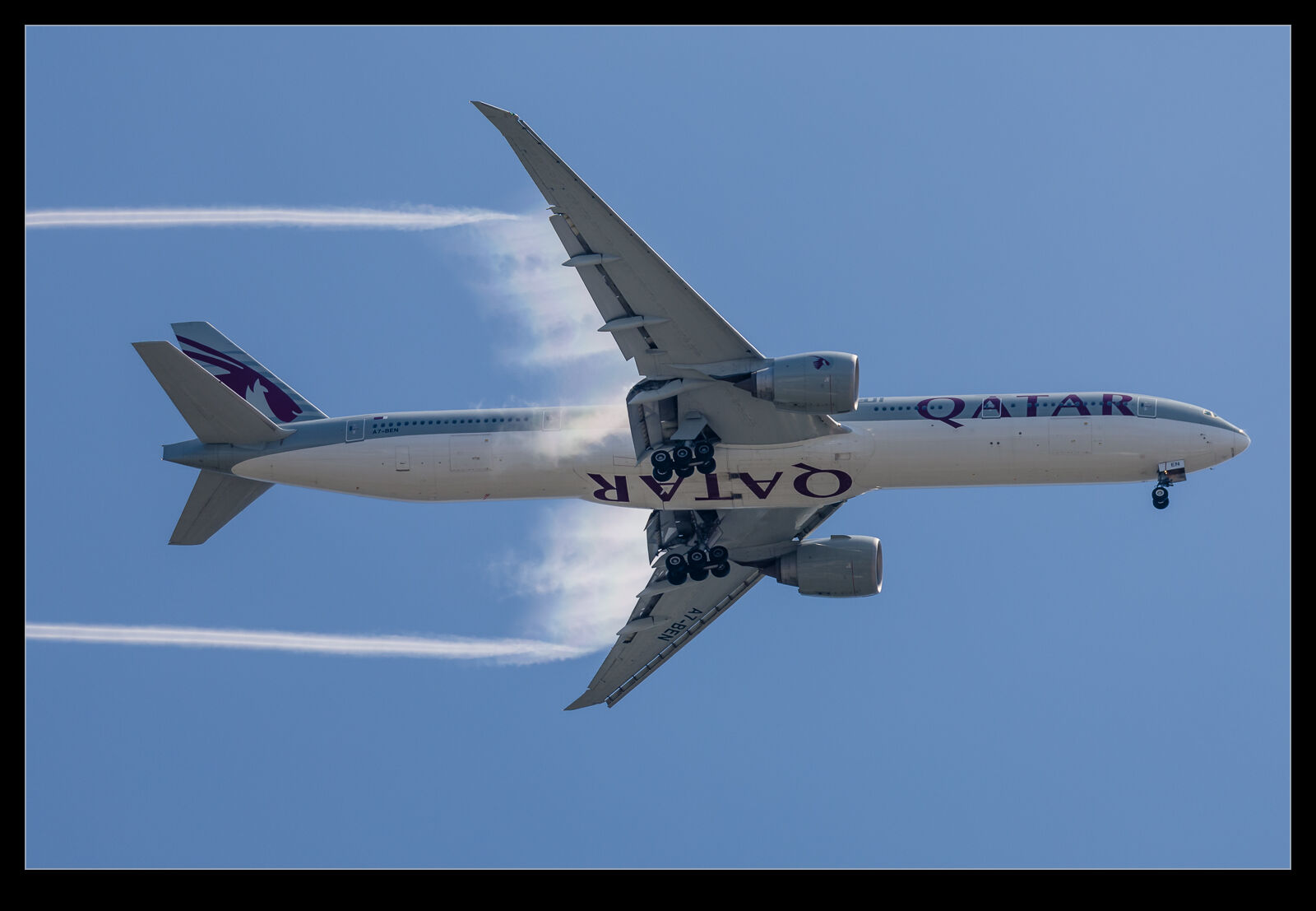 Seattle is a place where you can get a fair bit of humidity at certain times of day. Earlier in the day, there might be a lot of cloud but it will burn off as the day goes on and you have some sunny afternoons and evenings. Watching the planes on approach to SEA on days like this can make for some rapidly changing conditions. I was watching a bunch of jets heading towards SEA as they came through the clouds and into clear air. They would be leaving trails in the cloud base behind them as they went but would be trailing their own little vapor fields behind them.
Seattle is a place where you can get a fair bit of humidity at certain times of day. Earlier in the day, there might be a lot of cloud but it will burn off as the day goes on and you have some sunny afternoons and evenings. Watching the planes on approach to SEA on days like this can make for some rapidly changing conditions. I was watching a bunch of jets heading towards SEA as they came through the clouds and into clear air. They would be leaving trails in the cloud base behind them as they went but would be trailing their own little vapor fields behind them.
The conditions didn’t last long and soon the clouds were almost gone and the amount of vapor that they were pulling was minimizing. The vapor was clearly aligned with the flaps on the wings so you could see where the air was being worked the hardest. I did get some shots of them for this which I shall share later but the way in which the vapor puffs and dissipates is best seen in video, so I shot a bunch of that. Most planes were coming directly over me but a couple of the wide-bodies were going to the inner runway so were offset from my location.
